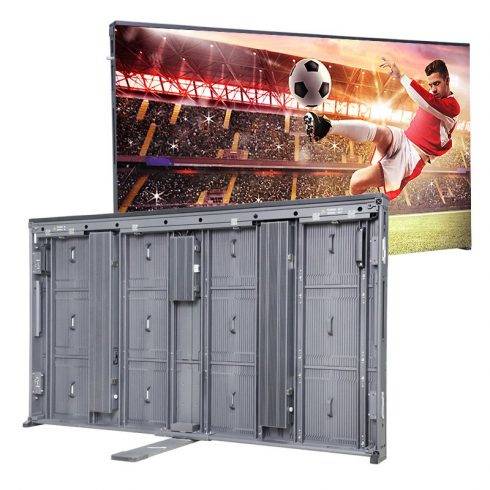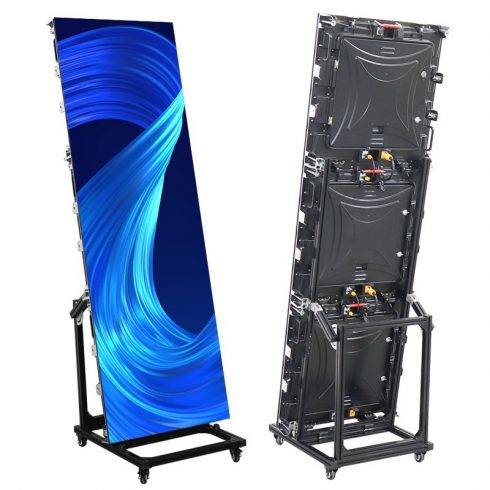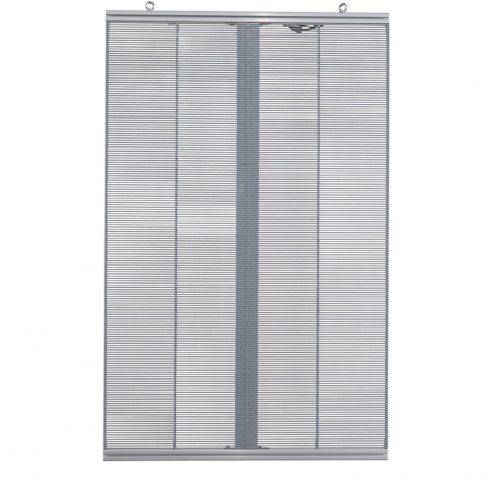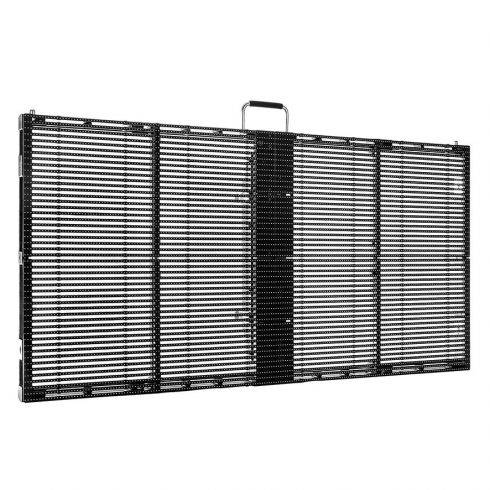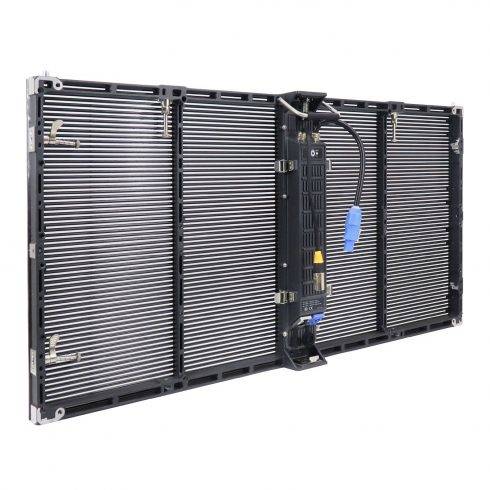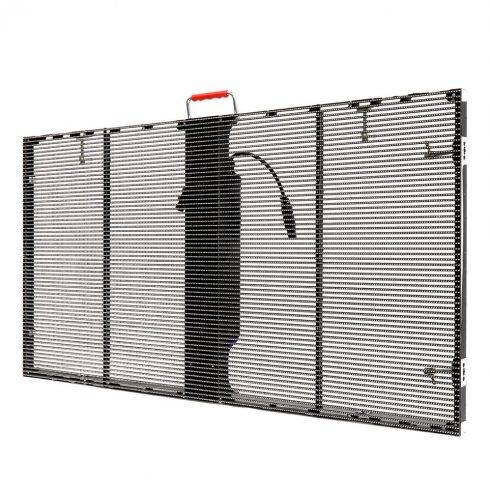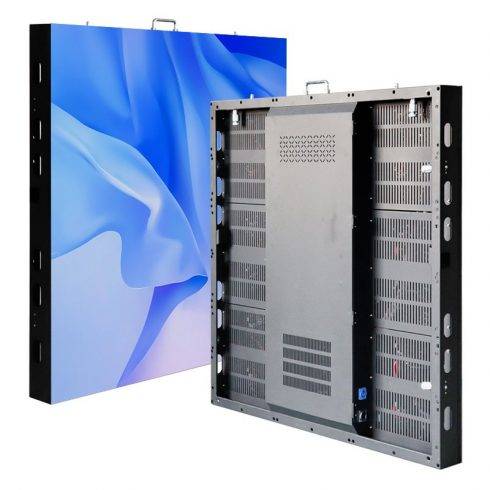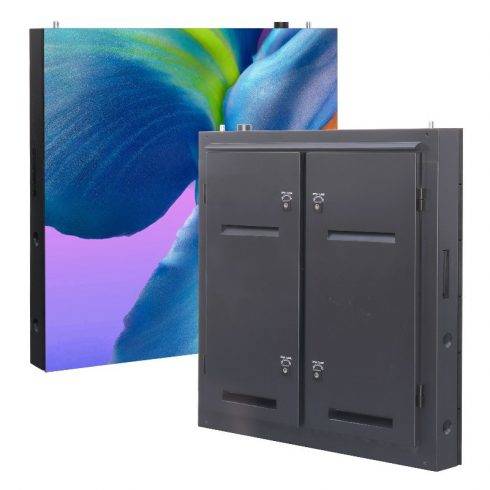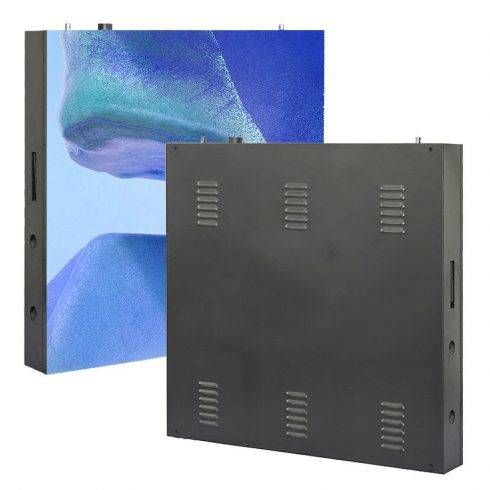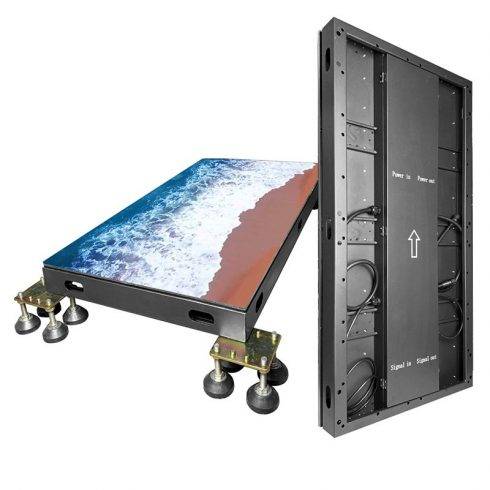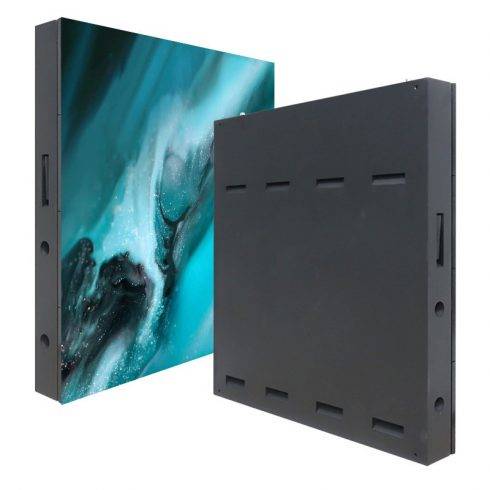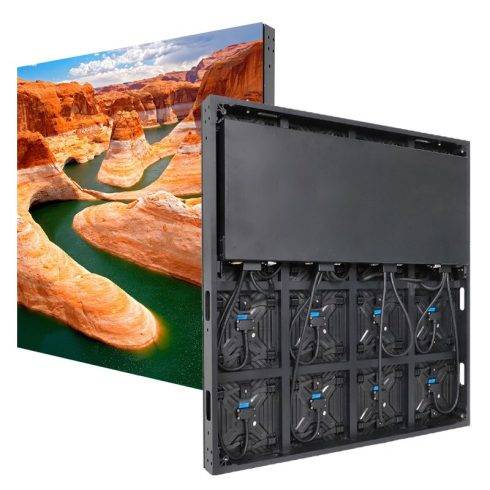The LED display aging test, also known as the burn-in test, is a critical quality control process used in the manufacturing of LED displays. This test involves running the LED display for an extended period under specific environmental conditions to identify potential defects, ensure long-term reliability, and validate the overall performance of the product. The aging test is designed to mimic the stresses and conditions that the display will encounter during its operational life, thereby exposing any early-life failures and verifying the durability of the components.
Purpose of LED Display Aging Test
The aging test serves multiple purposes, all of which are essential for ensuring the quality and reliability of LED displays. These purposes include:
- Early Failure Detection:
- Identifying Defects: One of the primary purposes of the aging test is to detect any manufacturing defects or component failures that may occur early in the life of the LED display. Components that are prone to early failure often do so within the first few hours of operation. By identifying these defects during the aging test, manufacturers can prevent defective products from reaching the market.
- Reducing Infant Mortality Rate: The term “infant mortality” in electronics refers to the phenomenon where new components have a higher likelihood of failing within a short period after initial use. The aging test helps to significantly reduce this rate by weeding out faulty units.
- Performance Verification:
- Consistent Brightness and Color Accuracy: The test ensures that the LED display maintains consistent brightness and color accuracy over time. Any deviations can be detected and corrected before the product is shipped to customers.
- Uniformity and Response Time: The aging test checks for uniformity in the display’s performance across the entire screen and ensures that response times meet the required specifications.
- Long-Term Reliability Assessment:
- Simulating Prolonged Use: By subjecting the LED display to extended periods of operation, the aging test simulates the effects of prolonged use. This helps to verify the long-term reliability of the display and ensures that it can withstand continuous operation without significant degradation in performance.
- Heat Management: LEDs generate heat during operation, and effective heat dissipation is crucial for maintaining performance and preventing component damage. The aging test assesses the display’s ability to manage heat over extended use.
- Environmental Stress Testing:
- Temperature Variations: LED displays may be used in a variety of environments with different temperature ranges. The aging test often includes exposure to varying temperatures to ensure that the display can operate reliably in diverse climatic conditions.
- Humidity and Vibration: Additional environmental factors, such as humidity and vibration, may also be included in the aging test to assess the durability of the display in different physical environments.
- Quality Assurance:
- Ensuring Consistency: The aging test ensures that all LED displays produced meet a consistent standard of quality. This uniformity is crucial for maintaining brand reputation and customer satisfaction.
- Compliance with Specifications: The test verifies that the LED displays conform to specified performance metrics, such as brightness, color accuracy, and response time.
The Aging Test Process
The process of conducting an aging test on LED displays typically involves several stages, each designed to stress different aspects of the display’s performance and reliability:
- Initial Power-On:
- Power Cycling: The displays are powered on and off repeatedly to check for initial operational failures. This phase helps identify issues related to the power supply, connections, and other critical components.
- Extended Operation:
- Continuous Running: LED displays are run continuously for an extended period, often 48 to 72 hours. This phase is crucial for detecting early-life failures and ensuring that the displays can handle prolonged usage without problems.
- Monitoring Heat: The test also monitors the display’s ability to manage heat. Overheating can lead to component degradation and failure, so efficient heat dissipation is critical.
- Environmental Stress Testing:
- Temperature Variations: Displays are subjected to varying temperatures to simulate different environmental conditions. This helps ensure the displays can operate reliably in diverse climates.
- Humidity and Vibration: Additional tests may include exposure to humidity and vibrations to assess the durability of the displays in different physical environments.
- Performance Metrics Monitoring:
- Brightness and Color Consistency: Throughout the aging test, the brightness and color consistency of the displays are monitored to detect any deviations or degradation.
- Response Time and Uniformity: The displays are tested for response time and uniformity in displaying images to ensure consistent performance.
Benefits of the Aging Test
The aging test offers several benefits that contribute to the overall quality and reliability of LED displays:
- Enhanced Product Quality:
- Defect Identification: The aging test helps identify and eliminate defective units, ensuring that only high-quality products are delivered to customers.
- Performance Stability: It ensures that LED displays maintain their performance metrics over time, providing a stable and reliable user experience.
- Increased Customer Satisfaction:
- Reliable Products: Customers receive products that are less likely to fail, enhancing their satisfaction and trust in the brand.
- Positive Reviews: High-quality, reliable products lead to positive customer reviews and recommendations, boosting the brand’s reputation.
- Cost Savings:
- Reduced Returns: Fewer defective products mean fewer returns and lower costs associated with repairs and replacements.
- Lower Warranty Costs: By ensuring product reliability, manufacturers can reduce the costs associated with warranty claims.
- Improved Brand Reputation:
- Trust and Loyalty: Consistently delivering reliable products builds trust and loyalty among customers, strengthening the brand’s market position.
- Competitive Advantage: High product quality can provide a competitive advantage in a crowded market, helping to attract and retain customers.
Conclusion
The aging test is a vital component of the manufacturing and quality assurance process for LED displays. It ensures the reliability, performance, and longevity of these devices by exposing them to rigorous testing under controlled conditions. The aging test helps detect early failures, verify performance metrics, and ensure that the displays can withstand prolonged use and various environmental stresses.
By conducting thorough aging tests, manufacturers can deliver high-quality, reliable products that meet customer expectations, enhance satisfaction, and build a strong brand reputation. This not only saves costs associated with returns and warranty claims but also provides a competitive edge in the market, ultimately contributing to the success and sustainability of the brand.







